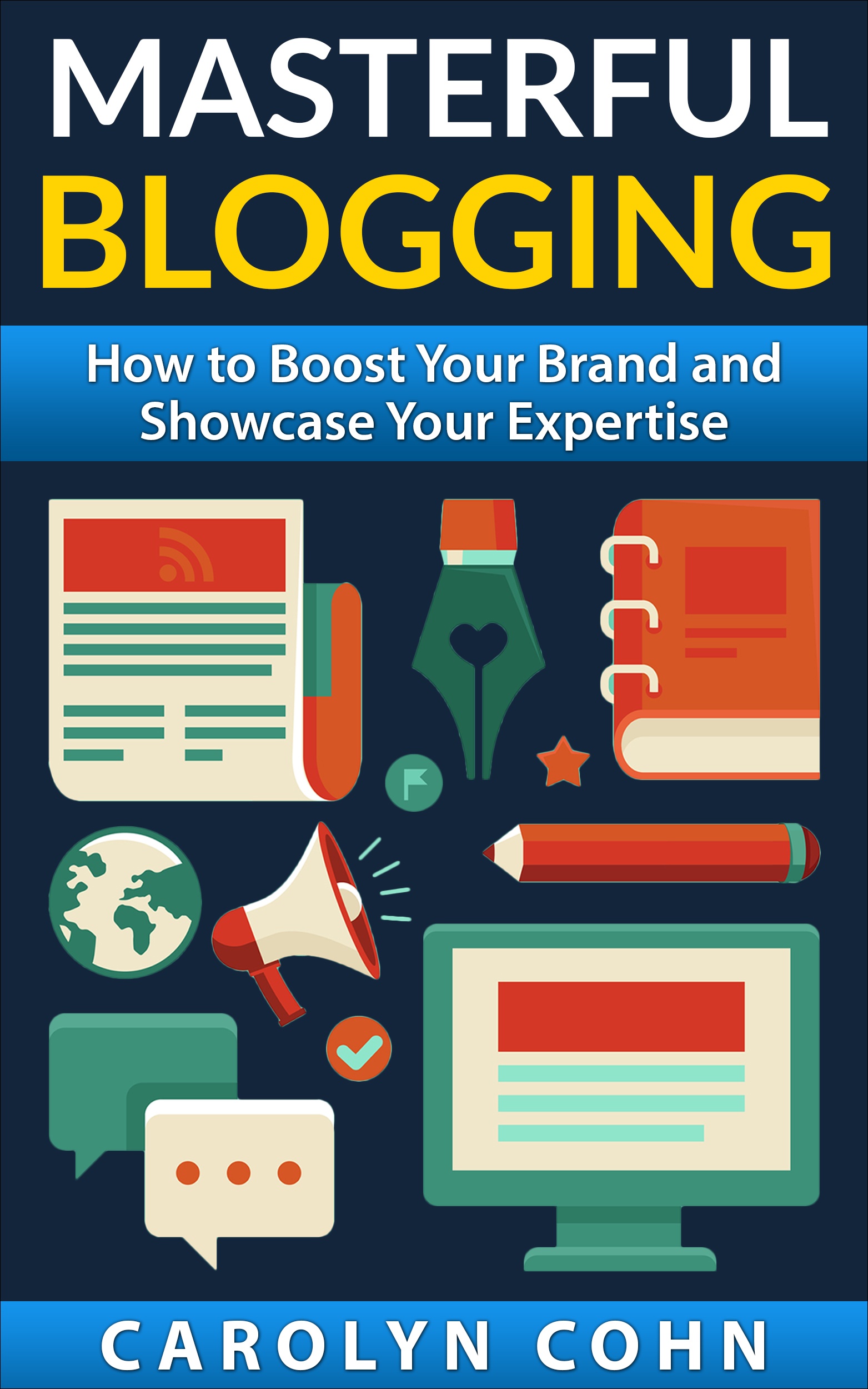Writing Tweets That Grab Your Readers

Twitter, by length limitations enforced by that tool, doesn’t allow more than 140 characters per tweet. However, just because the tweets are short doesn’t necessarily mean that the tweets are exciting and that they grab your readers profoundly.
It is not always easy to write tweets that entice your readers and drive them to want to interact with you in a big way. In fact, writing effective tweets can be considered an art form. Remember that if you go over the 140-character limit, your content will be truncated. Because of the length limit that has been imposed upon you, the writing style might have to change to accommodate that limitation and you will have to tap into your creativity in order to come up with exciting content that provokes the thoughts of your readers. The 140-character limit is actually less than 140 characters because you most likely need to leave some space for a link or two as well. There are ways to shorten tweets that you have written so that they fit into that limit and are “grabbers” at the same time.
Rewrite your tweet in its entirety
Rewriting may take some practice. At times, you may have to work and rework your content before the final content that you end up actually sending. Not everyone is a natural editor. You need to come up with a way to express whatever you wish to say in a clear, concise, and effective manner. You need to come up with a way that gets to the heart of what you want to say immediately.
Come up with different ways to say the same thing
Luckily, the English language presents you with a great deal of options when it comes to word choices. There are many different ways that you can say the same thing. You should try to convey the information differently each time. That will keep it interesting and people will pay attention to your tweets and want to read more. Since length is a big consideration, you should try to come up with shorter synonyms to replace longer words. It is important, however, to make sure that whichever words you use to replace the already existing words are truly identical in meaning. If they aren’t exact, you should steer clear of those words. You need to ensure that you are communicating precisely as you intend to communicate.
Get rid of words that are not absolutely necessary
If you have words in your tweets that are really not making a positive contribution to your content, don’t use them. You can get away with colloquialisms in tweets that you can’t normally get away with. As long as your content is clear to your readers, you won’t have anything to worry about. It is acceptable to avoid words such as “that” and “which” in that context also.
Using Arabic numbers instead of words and concise punctuation
When it comes to tweets, you should use numbers instead of using the words that represent the numbers. Regarding punctuation and symbols, there are plenty of short ones that can be substituted for the longer ones that you may have in your tweets. Regarding punctuation, if you are running close to your 140-character limit and you still feel that there is more to say, you can use ellipses (three dots), which will make your readers understand that another tweet will continue with the same topic.
Use the active versus the passive voice
Writing in the active voice is a better use of the language when it comes to tweeting. Additionally, when you use the active voice, you will be using fewer characters.
Use hashtags
Hashtags are very important. The right hashtag can be substituted for information that is longer (more characters). The most direct way to get your point across without stepping on the limitations is the way that you should choose.
Clear content
Your tweets must be clear to your target audience. When you are using concise language in your tweets, make sure that you don’t sacrifice clarity at the same time.
Appropriateness
There are some abbreviations that people use when they are tweeting personal messages (such as “BFF,” “BRB,” etc). Those types of abbreviations are not appropriate when you are tweeting for business. The same concept applies to the subject of your tweets. You need to be mindful of using what is appropriate and not using what is not.
Don’t lose the impact
It is important to know when using concise language is effective and when it isn’t. It isn’t only about being concise. If you feel that it is necessary to get your point across with very specific words and only those will do, use them.
Conclusion
Twitter is an extremely effective social media tool that you should use on a regular basis to help grow your business. It is important, however, to follow the rules and make sure that your words have to maximum impact with the minimum amount of space. Your readers will love your content and will become loyal followers before you know it.
We are pleased to provide you with the insightful comments contained herein. For a free assessment of your online presence, let’s have coffee.




Via LinkedIn Groups
Group: Informed Ideas For Writers
Discussion: Writing Tweets That Grab Your Readers
Great post, thanks for the information. I am new to Twitter and have much to learn.
Posted by Mary Agrusa
Thank you for the great points! I will use this guide to transform my tweets.
Thanks for the points of interest. Short, condenced and to the point describes a lot in the age when snacks are individually packages.Thoughts that remain are often that way.
Via LinkedIn Groups
Group: Music Industry Bloggers
Discussion: Writing Tweets That Grab Your Readers
This was a great write up. Very helpful I'll be looking from more info from you. Hope you had a good Thanksgiving
Posted by Albert Salome
Via LinkedIn Groups
Group: Professional Writers
Discussion: Writing Tweets That Grab Your Readers
Nice article for someone thinking about starting a twitter account. Actually, I don't believe tweets necessarily need to be profound. Depends on what you want to accomplish. Conversational is better. And I tend to restrict character use to allow for ease of re-tweets. More fun/challenging to write using full words to convey your message vs. numbers and symbols as well.
Posted by Kris Spurley
Via LinkedIn Groups
Group: Professional Writers
Discussion: Writing Tweets That Grab Your Readers
Kris, your answer was so helpful, your opening question confuses me. I merely requested practical expansion on the article's point on hashtags. In order for your tweets to grab your readers, don't the tweets first need to find the right readers?
The author described hashtags as little more than abbreviations. "The right hashtag can be substituted for information that is longer (more characters)." In other words, hashtags can abbreviate and encode.
Encoding, however, runs contrary to the author's next point, "Your tweets must be clear to your target audience. When you are using concise language in your tweets, make sure that you don’t sacrifice clarity at the same time."
I want to reach more people than just those who've already seen my posts."Writing Tweets That Grab Your Readers" would, for me, include selecting hashtags and keywords that interest the most readers.
Posted by Richard M. Wheeler
Via LinkedIn Groups
Group: Professional Writers
Discussion: Writing Tweets That Grab Your Readers
Having re-read portions of the article to make sure I wasn't off-base, I came across the following: "The same concept applies to subject lines for your tweets." Subject lines? Do we use the same Twitter? Or was this article repurposed from another article on email?
Posted by Richard M. Wheeler
Hi Richard:
Hashtags are used to categorize the discussions and to create discussion threads. Please don’t confuse hashtags with the message itself, which must be clear and concise. There are no subject lines in tweets. Sorry for the confusion.
Via LinkedIn Groups
Group: Professional Writers
Discussion: Writing Tweets That Grab Your Readers
Sorry for the confusing opening question. The use of hashtags does help you find people of like interests. I keep a series of hashtags as saved searches. Or I simply use keywords as saved searches to find those with like interests. Twitter, to me, is like the perfect dinner party you can attend if you want or sneak out without anyone noticing. Just takes a while to find the right guests. A savvy social media friend of mine said, "monitoring trending topics or saved searches around topics of interest would help you find people with a common interest use." I love Twitter and have been using the tool for 4 years, both professionally and personally. But I will admit, it took a few months to develop an appreciation.
Posted by Kris Spurley